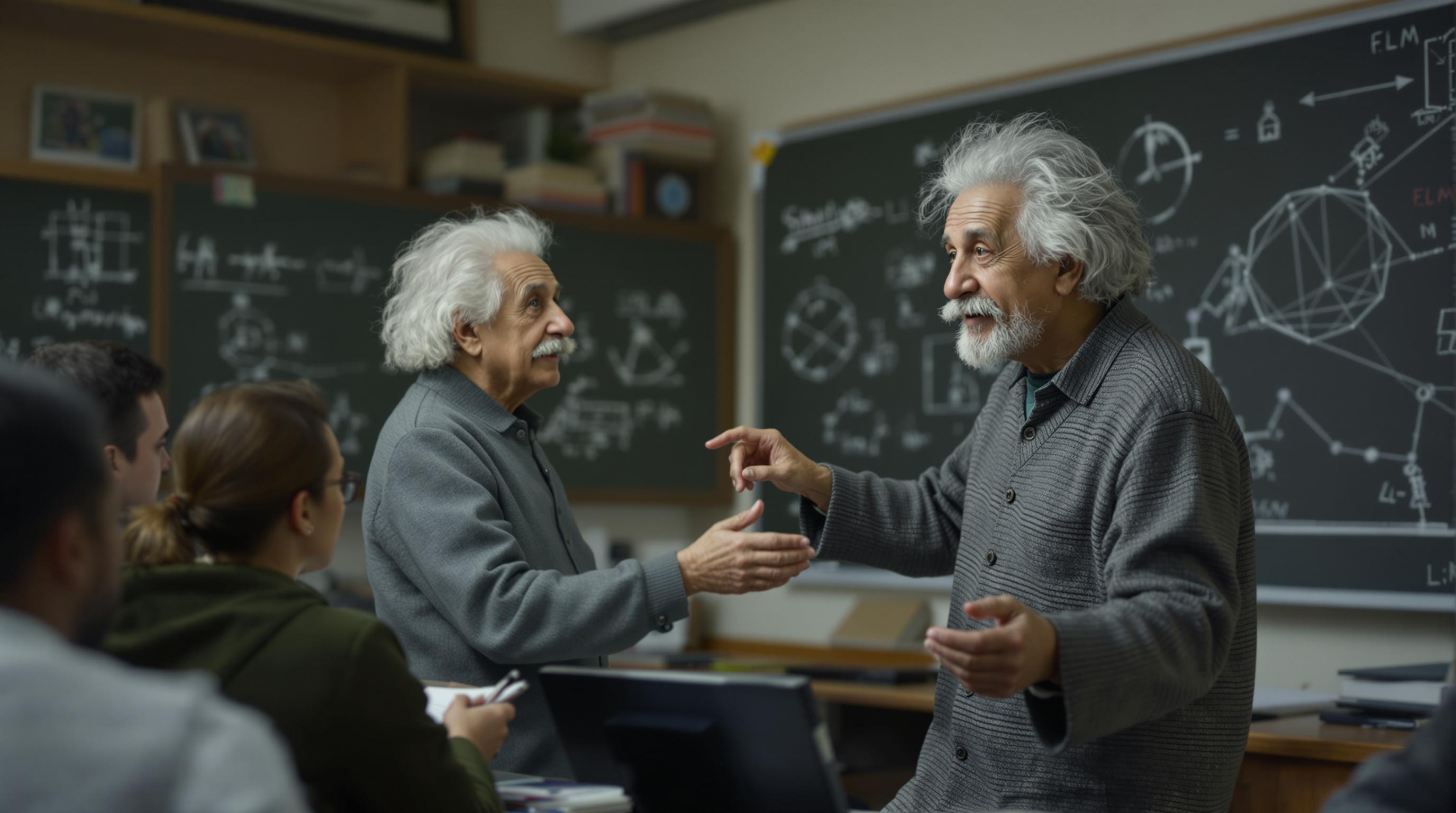
Zero-Shot Learning
Zero-Shot Learning is a method in AI where a model recognizes objects or data categories without having been explicitly trained on those categories, using seman...
Few-Shot Learning enables machine learning models to generalize and make predictions from only a few labeled examples, using strategies like meta-learning, transfer learning, and data augmentation.
Few-Shot Learning is a machine learning approach that enables models to make accurate predictions using only a small number of labeled examples. Unlike traditional supervised learning methods that require large amounts of labeled data for training, Few-Shot Learning focuses on training models to generalize from a limited dataset. The goal is to develop learning algorithms that can efficiently learn new concepts or tasks from just a few instances, similar to human learning capabilities.
In the context of machine learning, the term “few-shot” refers to the number of training examples per class. For instance:
Few-Shot Learning falls under the broader category of n-shot learning, where n represents the number of training examples per class. It is closely related to meta-learning, also known as “learning to learn,” where the model is trained on a variety of tasks and learns to adapt quickly to new tasks with limited data.
Few-Shot Learning is primarily used in situations where obtaining a large labeled dataset is impractical or impossible. This can occur due to:
To address these challenges, Few-Shot Learning leverages prior knowledge and learning strategies that allow models to make reliable predictions from minimal data.
Several methodologies have been developed to implement Few-Shot Learning effectively:
Meta-Learning involves training models on a variety of tasks in such a way that they can rapidly learn new tasks from a small amount of data. The model gains a meta-level understanding of how to learn, enabling it to adapt quickly with limited examples.
Key Concepts:
Popular Meta-Learning Algorithms:
Example Use Case:
In natural language processing (NLP), a chatbot may need to understand new user intents that weren’t present during initial training. By using meta-learning, the chatbot can quickly adapt to recognize and respond to these new intents after being provided with just a few examples.
Transfer Learning leverages knowledge gained from one task to improve learning in a related but different task. A model is first pre-trained on a large dataset and then fine-tuned on the target Few-Shot task.
Process:
Advantages:
Example Use Case:
In computer vision, a model pre-trained on ImageNet can be fine-tuned to classify medical images for a rare disease using only a few available labeled examples.
Data Augmentation involves generating additional training data from the existing limited dataset. This can help prevent overfitting and improve the model’s ability to generalize.
Techniques:
Example Use Case:
In speech recognition, augmenting a few audio samples with background noise, pitch changes, or speed variations can create a more robust training set.
Metric Learning focuses on learning a distance function that measures how similar or different two data points are. The model learns to map data into an embedding space where similar items are close together.
Approach:
Example Use Case:
In face recognition, metric learning enables the model to verify whether two images are of the same person based on the learned embeddings.
Few-shot learning is a rapidly evolving area in machine learning that addresses the challenge of training models with a limited amount of labeled data. This section explores several key scientific papers that contribute to the understanding and development of few-shot learning methodologies.
Deep Optimal Transport: A Practical Algorithm for Photo-realistic Image Restoration
Minimax Deviation Strategies for Machine Learning and Recognition with Short Learning Samples
Some Insights into Lifelong Reinforcement Learning Systems
Dex: Incremental Learning for Complex Environments in Deep Reinforcement Learning
Augmented Q Imitation Learning (AQIL)
Few-Shot Learning is a machine learning approach that allows models to make accurate predictions from a very small number of labeled examples. It focuses on enabling models to generalize from limited data, simulating human-like learning.
Few-Shot Learning is used when obtaining large labeled datasets is impractical, such as with rare events, unique cases, high annotation costs, or privacy concerns.
Key approaches include Meta-Learning (learning to learn), Transfer Learning, Data Augmentation, and Metric Learning.
Meta-Learning trains models across many tasks so they can adapt quickly to new tasks with limited data, using episodes that mimic few-shot scenarios.
In NLP, a chatbot can learn to recognize new user intents after seeing just a few examples, thanks to meta-learning techniques.
Few-Shot Learning reduces the need for large labeled datasets, lowers annotation costs, supports privacy, and enables faster adaptation to new tasks.
Start building your own AI solutions with smart chatbots and automation. Experience the power of Few-Shot Learning and other advanced AI techniques.
Zero-Shot Learning is a method in AI where a model recognizes objects or data categories without having been explicitly trained on those categories, using seman...
Learn how FlowHunt used one-shot prompting to teach LLMs to find and embed relevant YouTube videos in WordPress. This technique ensures perfect iframe embeds, s...
Boosting is a machine learning technique that combines the predictions of multiple weak learners to create a strong learner, improving accuracy and handling com...
